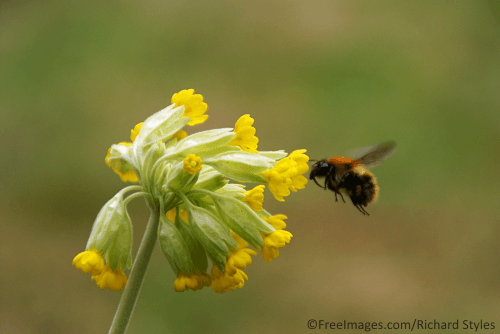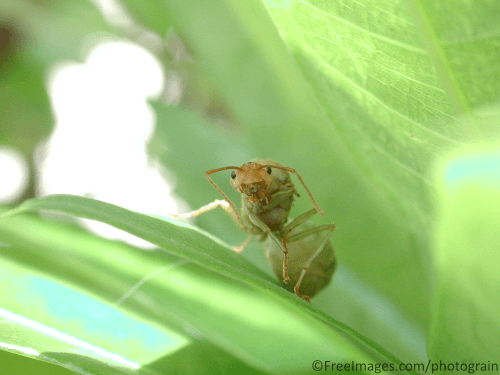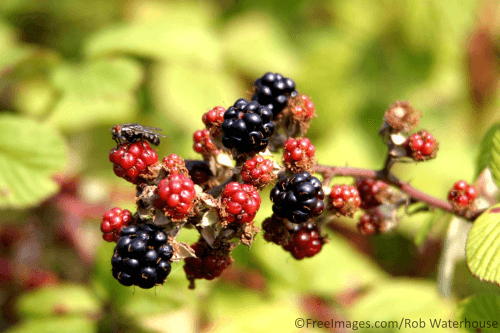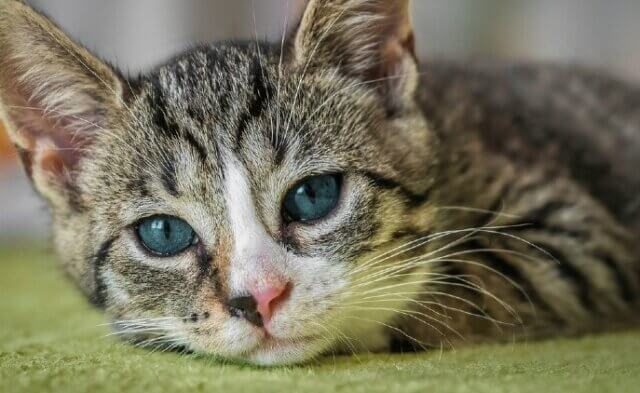To squish or not to squish? For PETA members and other kind people who diligently catch insects and spiders in cups or humane bug catchers and gently escort them outside, this isn’t even a question. But for others, a study suggesting that insects are conscious beings means that the ethics of indiscriminately killing them just got more complicated.
According to a paper published in the Proceedings of the National Academy of Sciences, insect brains, although tiny, perform the same functions as the human midbrain—the ancient neural core that supports our capacity for awareness.
“[W]hile insect brains and human brains could not look more different,” according to the study’s authors, cognitive scientist Andrew B. Barron and philosopher Colin Klein, both of Macquarie University in Australia, “they have structures that do the same thing, for the same reason and so support the same kind of first-person perspective. That is strong reason to think that insects and other invertebrates are conscious.”
In other words, they say, it “feels like something to be a bee.”
This only adds to our growing awareness that the other beings—even the smallest ones—with whom we share the planet are not mere biobots and deserve our consideration.
For example, ants use “math” to find the fastest path from one point to another. Honeybees can count and categorize similar objects, such as dogs or human faces. Mother crickets warn their offspring—before they even hatch—about the dangers posed by spiders, and paper wasps have long-term memories. Social spiders who live in colonies have distinct personalities: Some are shy, while others are more aggressive. And when fruit flies are presented with a difficult choice, they take time to collect information before making a decision.
Even that most maligned of beings, the cockroach, has been greatly underestimated by humans.
Like spiders, cockroaches have individual personalities. Researchers from the Université libre de Bruxelles released groups of American cockroaches into a brightly lit arena that contained two shelters and then left them alone to observe their behavior. Shyer roaches quickly sought shelter, while those who were bolder were more likely to explore their surroundings. These varying personality traits could help explain how cockroaches are able to adapt to and survive in inhospitable environments—such as a hostile human’s home.
A 2010 study by scientists at Queen Mary University of London found that cockroaches are social beings who “talk” to one another about food and prefer to dine in groups. When presented with two identical slices of bread, the roaches repeatedly gathered around the same slice, rather than splitting up.
Cockroaches can recognize individual members of their family, they live together in closely bonded groups and they make collective decisions—about where to seek shelter, for instance—that will benefit the entire cockroach clan. If these highly social insects are forced to live alone, they become ill.
Perhaps all these good traits help explain why one poll found that cockroaches are more popular than members of Congress.
But what does all this mean for the human holding the flyswatter? It’s time to live and let live. Neuroscientist Christof Koch, who, along with fellow neuroscientist Giulio Tononi, has proposed that consciousness is nearly ubiquitous in varying degrees, leads by example. He says that when he was presented with a similar Buddhist teaching, “that consciousness is everywhere” and “that we have to reduce the suffering of all conscious creatures,” he was inspired to take his own theory more seriously and put it into practice.
How does he do this?
“When I see insects in my home, I don’t kill them,” he says.








